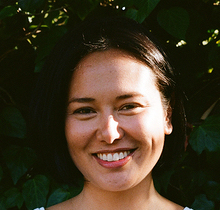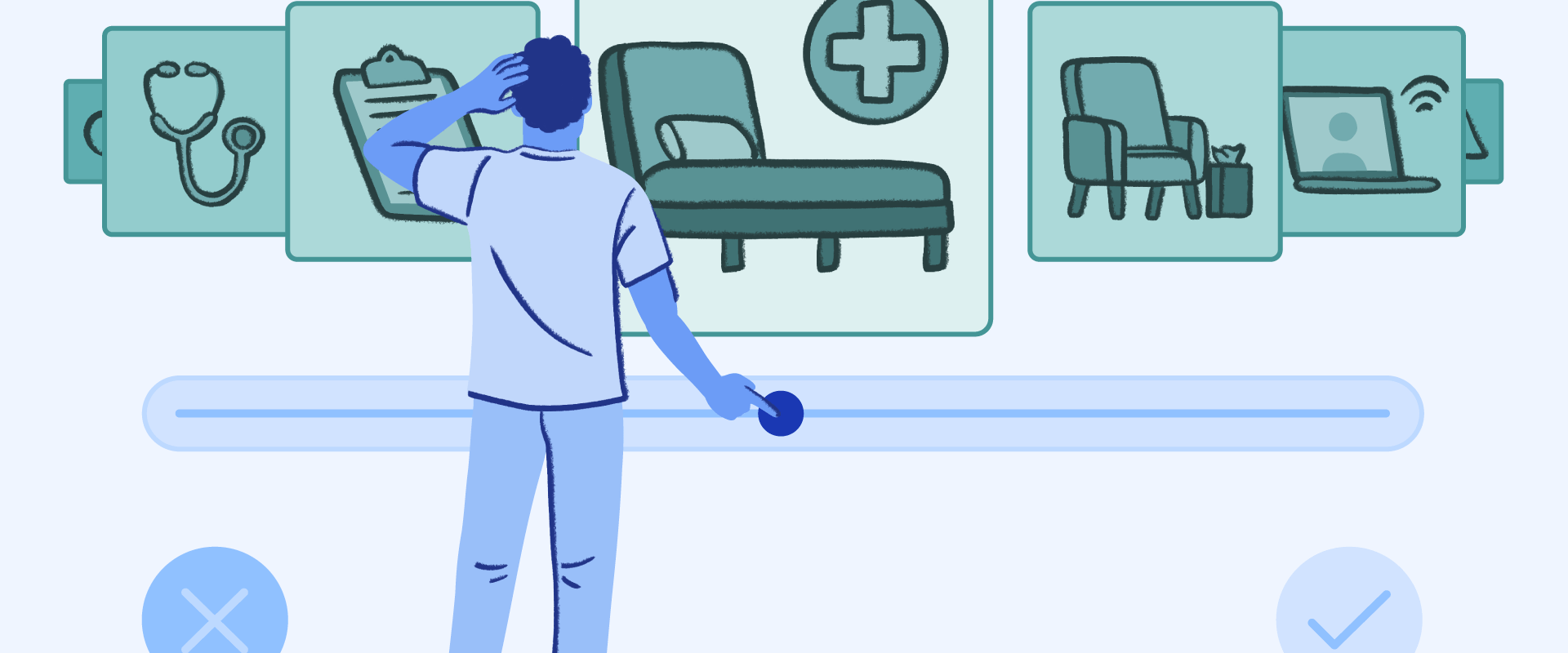What Is Wellbriety?


Kayla holds over 6 years of experience in the rehab space, including in-house content management at a leading treatment center. She believes addiction and mental health issues are universal human experiences that can serve as important entry points onto a path toward self-realization and well-being.



Kayla holds over 6 years of experience in the rehab space, including in-house content management at a leading treatment center. She believes addiction and mental health issues are universal human experiences that can serve as important entry points onto a path toward self-realization and well-being.
Wellbriety is just what it sounds like — wellness and sobriety. The Wellbriety Movement supports Indigenous people in the process of addiction recovery. This holistic approach supports clients’ physical, mental, and spiritual healing.
Origins of the Wellbriety Movement
Don Coyhis, Mohican nation, founded the Wellbriety Movement in 1988.1 He began by teaching people the spiritual methods that helped him heal from alcohol addiction. Over time, these practices would help his daughter heal from meth addiction and grow into a nationwide movement empowering Indigenous communities.
How Is Wellbriety Different From Traditional Programs?
Wellbriety stands out from other recovery programs in several ways. This approach to recovery is open to Indigenous people nationwide. You can also learn from the movement’s published resources.
These teachings are available through White Bison, a nonprofit organization Don Coyhis founded in the 1980s. Based in Colorado Springs, White Bison offers free in-person and online meetings. According to their website, this organization is “dedicated to creating and sustaining a grassroots Wellbriety Movement – providing culturally-based healing to the next seven generations of Indigenous People.”
Coyhis’ philosophy marries several different traditions. For example, members of the Wellbriety Movement follow the Medicine Wheel 12 Steps.2 This framework combines Indigenous spiritual beliefs with the principles of Alcoholics Anonymous.
White Bison and the Wellbriety Movement address an urgent need. While drug and alcohol addiction, trauma, and mental health issues can affect anyone, they’re especially prevalent in Indigenous communities. The Red Road, another nonprofit supporting Native communities, notes the scope of this problem: “Despite only representing 2% of the U.S. population, Native Americans have the highest rates of alcohol,3 marijuana, cocaine, and hallucinogen use disorders and the second highest methamphetamine abuse rates.”
Cultural Values
Wellbriety encourages people to heal from addictions by committing to shared cultural values. Many of White Bison’s principles4 direct communities to support each other. For example, they believe that “healing will take place through the application of cultural and spiritual knowledge.” This and other principles inform their holistic approach. In recovery, members come into alignment with themselves, their communities, and the natural world.
Spiritual Focus
Spirituality is central to the Wellbriety Movement. Members believe in a Supreme Being and follow the teachings of community leaders. Many Wellbriety practices honor the Sacred Hoop, which holds great spiritual significance. In 1995, Indigenous Elders met in a sweat lodge and formed it out of a sapling. Since that time, the Sacred Hoop has traveled more than 200,000 miles around the U.S., connecting White Bison leaders with Indigenous communities.
Physical and Mental Health
Wellbriety encompasses both physical and mental health. Certain activities address both these goals at the same time. For instance, several studies show that drumming has powerful physical and emotional benefits.5 Partly for that reason, Wellbriety meetings often include drum circles.6 This practice also has spiritual meaning.
Explore Drug Addiction Treatment Centers
Wellbriety and the 4 Laws of Change
Among other principles, the Wellbriety Movement follows 4 laws of change.7 Coyhis received these laws from an Elder in the 1980s. Today, they are pillars of White Bison’s work.
1. Change Is From Within
This law, Coyhis explains, “means that we must have an internal desire to make changes in our lives.” Only the person with an addiction can commit to recovery. That commitment can’t come from a loved one, or even from your whole community. But when you cultivate an inner desire to heal, you can accomplish remarkable things.
2. In Order for Development To Occur It Must Be Preceded by a Vision
Members of the Wellbriety Movement begin by imagining what their lives would be like without substance abuse. As Coyhis puts it, “What would our lives, our community, or our nation look like if it were working in a good way?” This question invites people to start dreaming about a better future. Once you have a clear vision of your best possible life, you can start bringing it into reality.
3. A Great Learning Must Take Place
This law frames the healing process as a communal effort. Coyhis says that recovery “must include the individual, the family, the community, and the nation acting as an integrated whole.” In most addiction treatment programs, holistic recovery combines the different aspects of the self. Wellbriety takes this a step further, seeking to integrate personal wellness with communal growth.
4. You Must Create a Healing Forest
When it comes to addiction and mental health recovery, your environment is essential. Members of the Wellbriety Movement understand this through the metaphor of the healing forest:8
Imagine a forest of damaged, dying trees. The sickness is in the air, the soil, and the water supply. It’s all around them. You notice one tree that seems especially unwell. You dig it up, move it, and plant it in rich soil. You give it water and sunlight and plant food, and it starts to thrive. When it’s ready, you bring it back to the original forest and replant it. Does that one tree heal the rest of the forest? No, of course not. Back in an unsupportive environment, it just gets sick again.
The forest is a metaphor for the way addiction, poverty, and intergenerational trauma affect Indigenous communities. White Bison teaches that while one person going to rehab or attending therapy can help, it’s not enough. Entire groups of people have to commit to recovering together, supporting each other throughout a complex healing process.
Find Additional Resources and Support for Addiction Recovery
White Bison supports Indigenous communities9 around the country. The nonprofit also trains and certifies residential centers in Indigenous treatment methods. If the Wellbriety Movement resonates with you, look for a rehab that offers this approach to recovery.
Start your healing journey in a rehab that honors your culture.
FAQs
Q: What is the Wellbriety Movement?
A: The Wellbriety Movement is a holistic recovery approach that supports Indigenous people in addiction recovery. Founded by Don Coyhis in 1988, it combines wellness and sobriety to support physical, mental, and spiritual healing using culturally-based methods.
Q: Is Wellbriety part of AA?
A: Wellbriety is not part of AA, but it incorporates AA principles. The movement follows the Medicine Wheel 12 Steps, which combines Indigenous spiritual beliefs with the principles of Alcoholics Anonymous.
Q: What are the principles of Wellbriety?
A: Wellbriety follows 4 laws of change:
- Change is from within.
- Development must be preceded by a vision.
- A great learning must take place.
- You must create a healing forest.
The movement also emphasizes cultural values, spiritual focus, and community healing for individual and collective well-being.
Q: How does the Wellbriety program differ from a 12-Step recovery program?
A: While Wellbriety incorporates principles of the 12-Step program, it differs by focusing specifically on Indigenous communities and integrating American Indian spiritual beliefs through the Medicine Wheel 12 Steps. It emphasizes community and cultural healing alongside individual recovery.
Q: How does the Wellbriety approach incorporate Native American traditions in healing?
A: Wellbriety incorporates traditions like talking circles, drum circles, sweat lodge ceremonies, and teachings from the Sacred Hoop. The approach honors Indigenous spiritual beliefs, follows guidance from community Elders, and emphasizes connection to the natural world and cultural knowledge.
Q: How can I find Wellbriety meetings near me?
A: White Bison, the nonprofit organization that supports the Wellbriety Movement, offers free in-person and online meetings. You can visit their website to find Wellbriety Circle meetings and resources in your area.
Q: How can I get involved with the Wellbriety Movement?
A: You can get involved by attending White Bison meetings, accessing their free online resources, or looking for rehab centers that offer Indigenous treatment methods. White Bison also trains and certifies residential centers in Wellbriety approaches.
-
“Medicine Wheel and 12 Steps for Men A Cultural Approach to Personal Recovery.” White Bison Wellbriety Training Institute. https://www.whitebison.org/wp-content/uploads/2021/04/MW12_MenBrochure_fultxt.pdf
-
“The Red Road: The Issue of Native American Substance Abuse.” The Red Road, https://theredroad.org/issues/native-american-substance-abuse/. Accessed 28 Aug. 2023.
-
Whitebison | Healing Resources to Native Americans. https://whitebison.org/. Accessed 28 Aug. 2023.
-
“Celebrating Recovery in American Indian/Alaska Native Communities.” Prevention & Recovery. Substance Abuse and Mental Health Services Administration. https://www.samhsa.gov/sites/default/files/prevention-recovery-fall2014.pdf
-
“Don Coyhis.” CoGenerate.org. https://cogenerate.org/purpose-prize/don-coyhis/
-
“Wellbriety Movement.” Sharing Culture, http://sharingculture.info/wellbriety-movement.html. Accessed 28 Aug. 2023.
-
Gryczynski, Jan, et al. “The Healing Forest Metaphor Revisited: The Seen and ‘Unseen World’ of Drug Use.” Substance Use & Misuse, vol. 42, no. 2–3, 2007, pp. 475–84. www.academia.edu, https://www.academia.edu/22025539/The_Healing_Forest_Metaphor_Revisited_The_Seen_and_Unseen_World_of_Drug_Use.
-
Whitebison | Healing Resources to Native Americans. https://whitebison.org/. Accessed 28 Aug. 2023.
-
White Bison. (n.d.). White Bison: A Native American non-profit. White Bison. https://whitebison.org/
Our Promise
How Is Recovery.com Different?
We believe everyone deserves access to accurate, unbiased information about mental health and recovery. That’s why we have a comprehensive set of treatment providers and don't charge for inclusion. Any center that meets our criteria can list for free. We do not and have never accepted fees for referring someone to a particular center. Providers who advertise with us must be verified by our Research Team and we clearly mark their status as advertisers.
Our goal is to help you choose the best path for your recovery. That begins with information you can trust.








